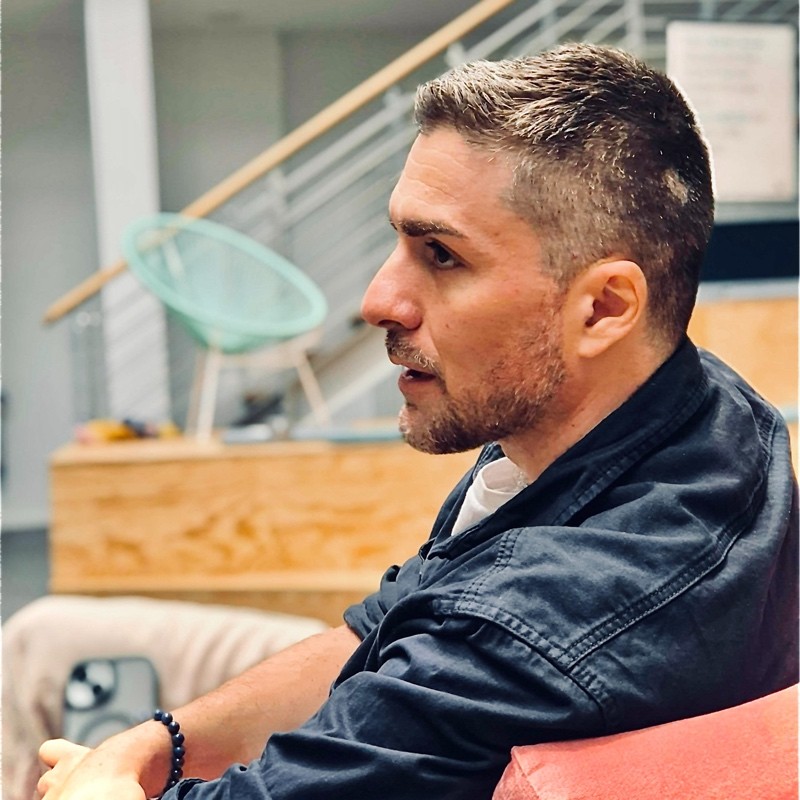Many of us in engineering leadership have guided teams through the adoption of Agile frameworks like Scrum or Kanban.
The goals are usually clear: improve collaboration, accelerate delivery, and respond more effectively to change. It’s a well established method yet one where it’s surprisingly easy to stumble into the trap of dogmatism.
We’ve all seen it: teams meticulously following every rule, running ceremonies by the book, tracking metrics diligently. But somewhere along the way, the focus shifts from the ‘why’ (the core Agile principles of adaptability, customer value, continuous improvement, and team empowerment) to simply executing the ‘how’.
The ‘textbook implementation’ becomes the goal itself, rather than the outcome it’s supposed to enable. This often happens under pressure for predictability or when the underlying principles aren’t fully grasped, leading to what’s sometimes called “cargo cult Agile.”
From my perspective as an Engineering Manager, the real leverage isn’t in enforcing rigid adherence to a specific framework’s rules. It’s in cultivating an environment where the spirit of agility can genuinely flourish.
Dogmatic approaches, where the process becomes immutable, almost inevitably lead to frustration. Teams disengage, feeling like cogs in a machine, merely going through the motions.
On the other hand, abandoning structure entirely (“Agile-in-name-only”) often results in chaos and inefficiency.
It strongly reminds me of the principles we apply in system design: strive for the simplest, most effective solution that fits the specific context and solves the actual problem. Applying a complex framework wholesale, just because it’s prescribed, is often counterproductive, much like over-engineering a technical solution.
The foundation for navigating this messy middle ground is psychological safety.
Teams need to feel secure enough to openly question practices, experiment with their process, and admit when something isn’t working without fear of blame.
If team members are afraid to say, “This daily stand-up format isn’t helping us coordinate effectively,” or “Our retrospectives aren’t leading to real change,” then genuine adaptation and improvement are dead on arrival. It’s this safety that unlocks the crucial feedback loops necessary for a team to truly own and evolve their way of working.
So, how can we, as leaders, evaluate whether our teams are operating with pragmatic agility rather than falling into dogma?
I’ve been refining some indicators I find helpful:
- Focus on Outcomes vs. Output: Is the team’s conversation, planning, and measurement centered on delivering tangible value and impact for the user or business? Or is the primary focus on hitting velocity targets, closing tickets, or simply ‘being busy’?
- Adaptive Ceremonies: Does the team consciously adjust how they run stand-ups, retrospectives, planning sessions, etc., based on what demonstrably helps them collaborate and improve right now?
- Actionable Retrospectives: Do retrospectives consistently lead to concrete, tangible experiments aimed at improving the team’s process, collaboration, or environment? The goal isn’t just having the retro; it’s the continuous improvement (Kaizen) cycle it fuels.
- Understanding the ‘Why’: Does the team genuinely grasp the underlying principles behind the practices they use? Can they articulate why a certain ceremony exists or why WIP limits are beneficial, beyond just following instructions?
- Improving Flow: Is the team getting better at moving valuable work smoothly through their system from idea to delivery? This often involves looking beyond velocity at metrics like Cycle Time and Throughput, focusing on the efficiency and predictability of the entire value stream.
Agile frameworks are powerful toolkits, brimming with useful techniques and starting points. They shouldn’t be treated as rigid, infallible instruction manuals.
Our role as leaders is to help teams select, adapt, and evolve these tools to best suit their unique context, creating an environment where continuous improvement and pragmatic adaptation are the norm.
I’m constantly learning in this space.
How do you ensure Agile/Scrum remains a helpful, evolving tool rather than a static dogma in your organization? What challenges, successes, or specific adaptations have you found particularly effective in keeping the focus on true agility?
